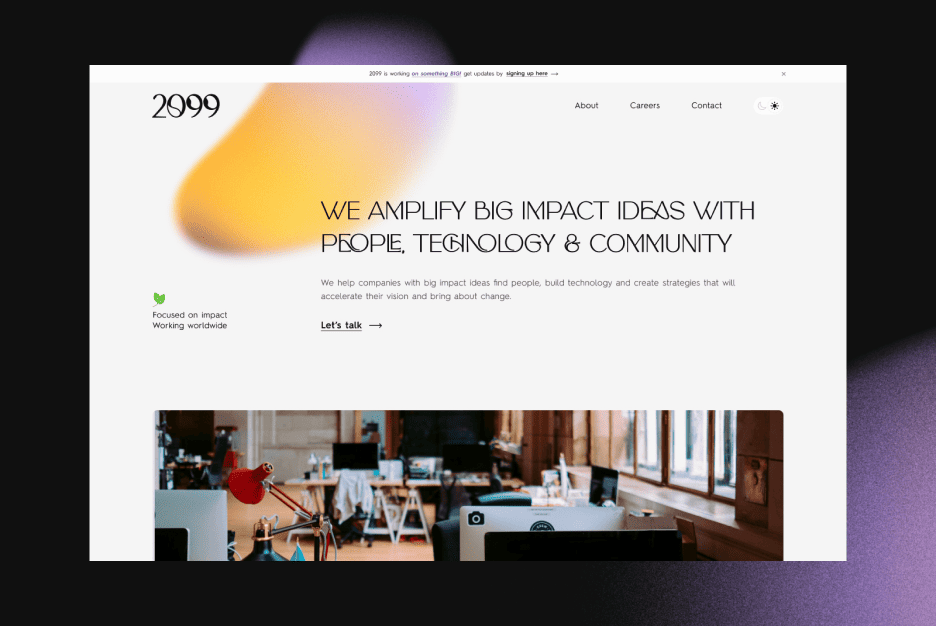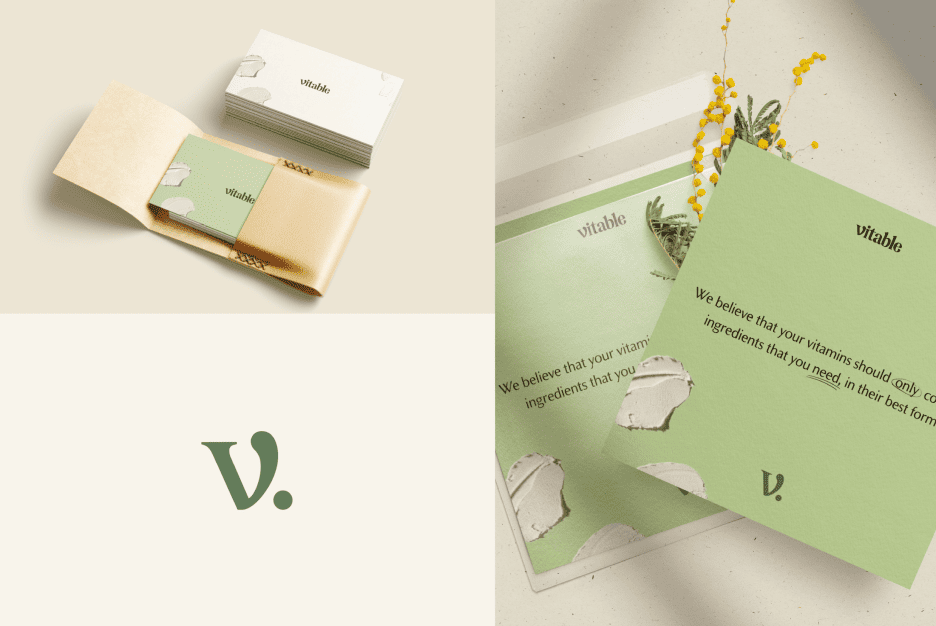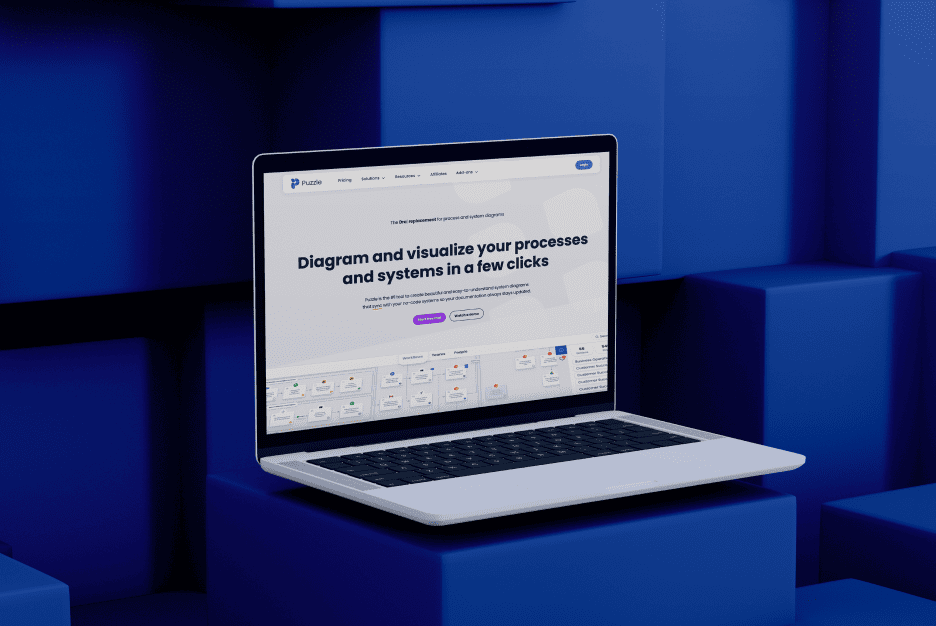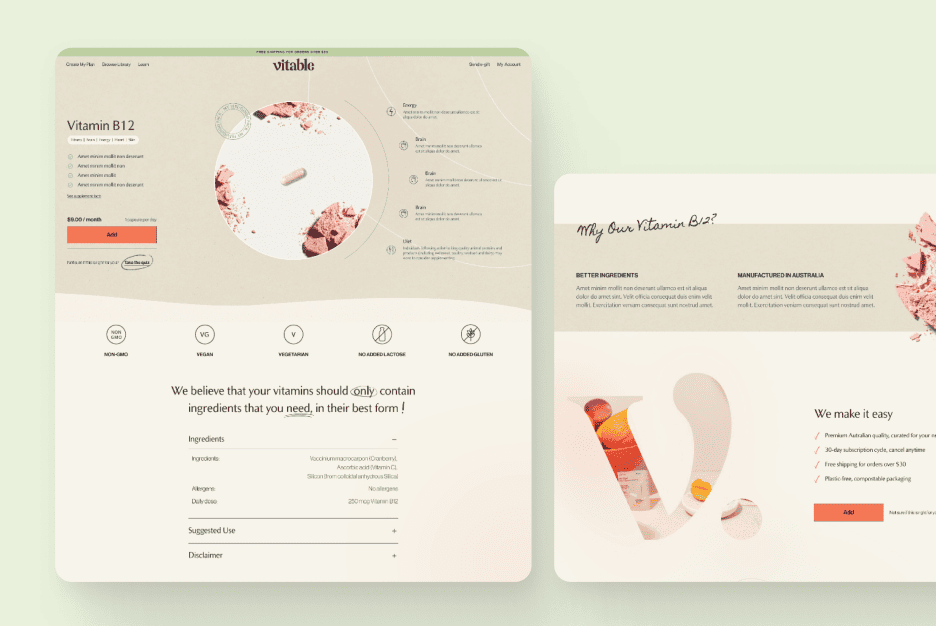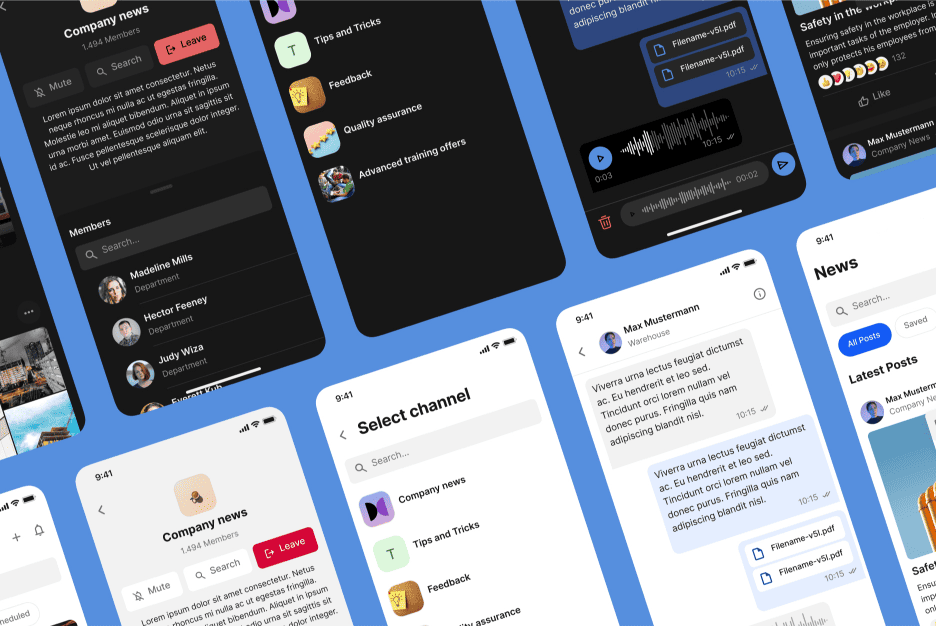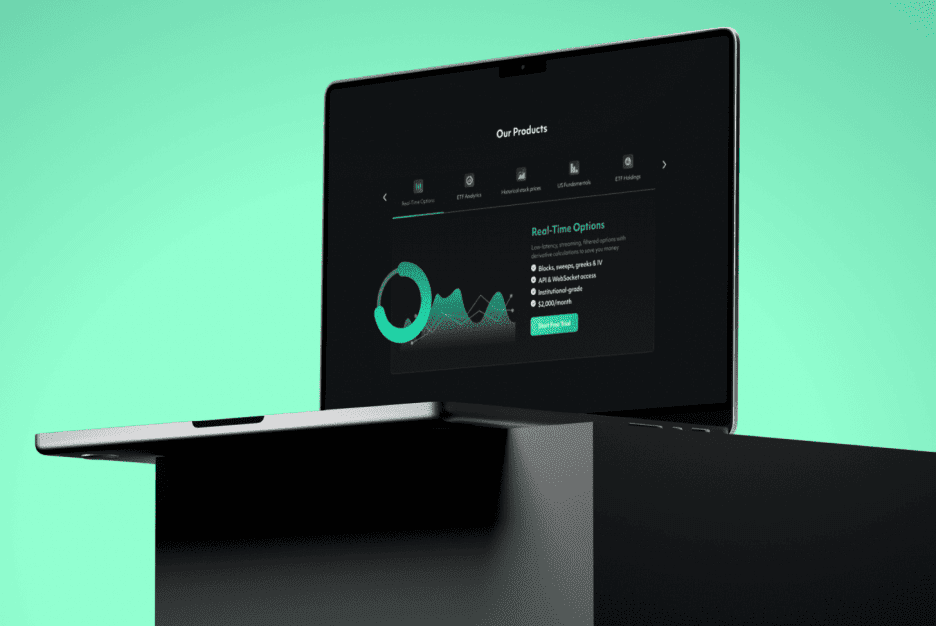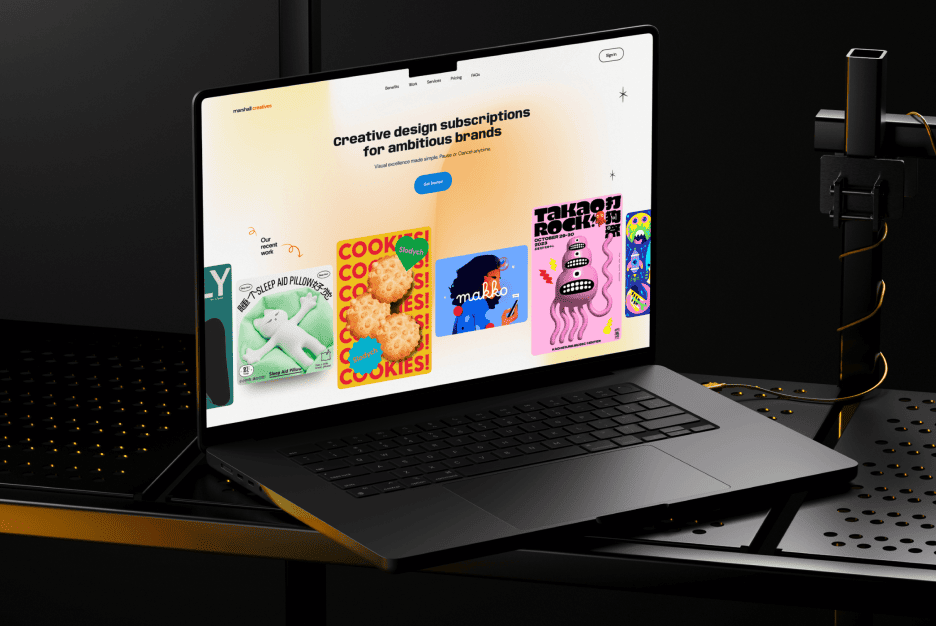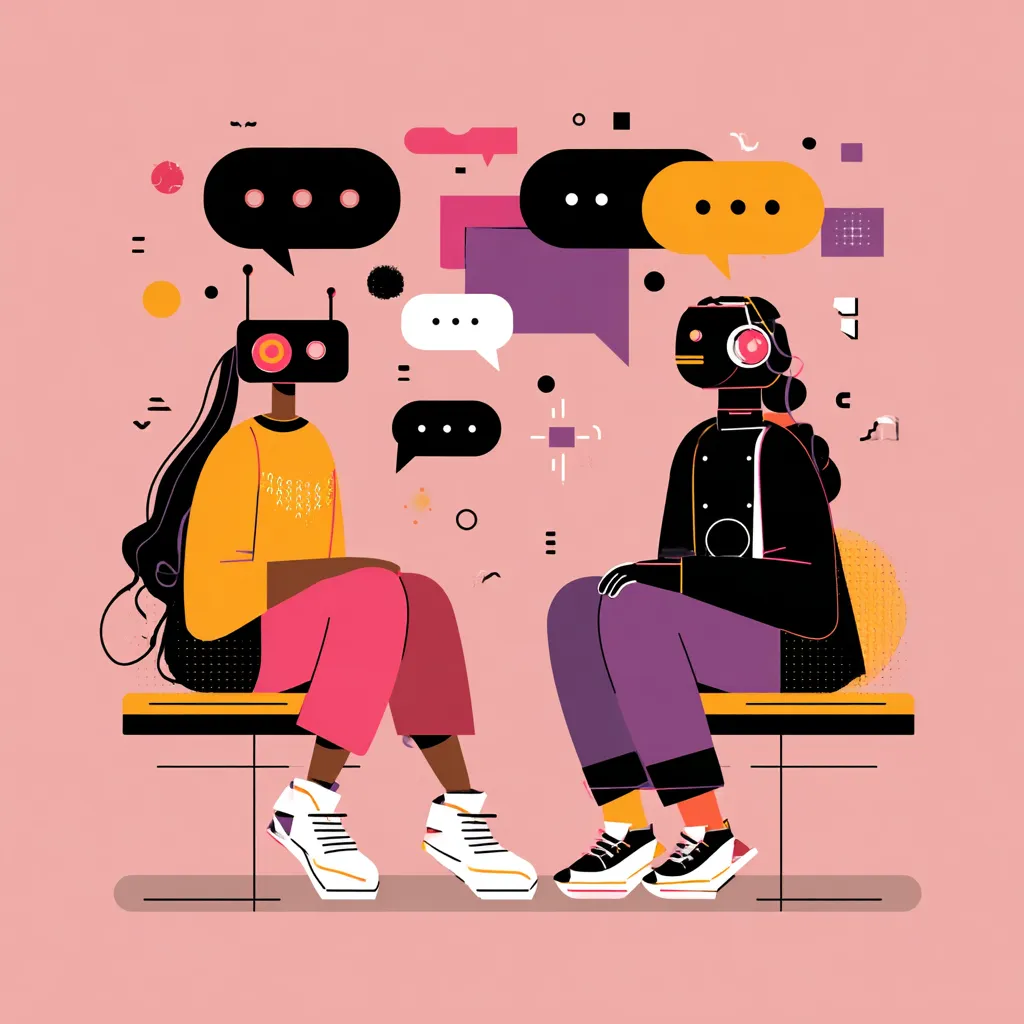Artificial intelligence has moved way past being just a buzzword — it’s now embedded in everyday business software. But here’s the catch: slapping AI into a product doesn’t automatically make it useful. Poor integration can actually scare users away. That’s why UX patterns matter so much. The right flow, clear communication, and thoughtful design can turn a confusing feature into something people rely on daily. Let’s look at the most impactful AI patterns shaping B2B platforms today.
What Are UX Patterns of AI Features in B2B Interfaces
UX patterns are reusable design solutions — think Lego bricks for product design. You don’t start from scratch every time, you just pick the right block for the job. In AI-driven B2B products, these patterns act as a bridge between complex machine learning models and the humans who just want to get their tasks done faster.
Instead of overwhelming people with technical jargon or futuristic dashboards, UX patterns wrap powerful AI capabilities in a way that feels intuitive. And let’s be real: if your AI tool requires a PhD to use, it won’t survive in the real world.
Why Proper AI Integration Matters for Business
Businesses aren’t adding AI just for the hype. They’re looking for efficiency, a competitive edge, and in many cases, survival. A good integration means employees save time, make smarter decisions, and avoid repetitive tasks. A bad one? Just another frustrating feature nobody touches.
This becomes even more critical in industries where accuracy is everything — think Financial Apps or healthcare tools. A poorly designed AI suggestion isn’t just inconvenient, it can be costly or even harmful. That’s why companies need to mix innovation with solid Design Principles to make adoption safe and valuable.

UX Patterns for AI Chat in B2B Systems
Chat-based AI is often the first way users encounter AI inside a product. It feels natural — after all, people use messaging apps all day. But bringing chat into B2B software isn’t about cloning WhatsApp. It’s about creating a conversational interface that actually helps people get work done.
A solid chat pattern includes clear entry points (so users know when the bot can help), contextual awareness (the bot understands the current workflow), and escalation paths (when it’s time to hand over to a human). Without these, the AI chat risks becoming that coworker who talks a lot but never contributes.
Common Mistakes in AI Chat Design and How to Avoid Them
It’s shockingly easy to mess up an AI chat. One of the biggest mistakes is giving it personality but not enough usefulness. If the bot cracks jokes but can’t answer basic questions, users will get annoyed fast. Another common pitfall? Overpromising. Marketing says “it’s like talking to an expert,” but in reality, it feels more like chatting with a distracted intern.
To sidestep these issues, design must stay grounded. Build a strong knowledge base, set realistic expectations, and always provide a quick way out when the bot gets stuck. Nobody wants to be trapped in a never-ending loop with a machine.
UX Patterns for Generative Text and Content Functions
Generative AI is powerful, but how it’s presented makes or breaks the experience. Dumping raw machine output on users isn’t enough. People want the ability to tweak, refine, and adapt results. The best patterns treat AI as a creative partner, not a replacement.
Giving users sliders, tone settings, or templates lets them shape the output to fit their needs. This is especially valuable in Branding and content-heavy industries, where tone and nuance matter just as much as speed.
UX Patterns for AI Assistants in Work Interfaces
AI assistants inside platforms can feel like a productivity booster—or like Clippy 2.0. The difference lies in their integration. A strong pattern makes the assistant context-aware, supportive without being intrusive, and seamlessly part of the workflow.
Instead of popping up at random, the best assistants behave like a helpful colleague who only speaks up when needed. In B2B settings, this could mean suggesting shortcuts in Mobile Apps, auto-filling reports, or flagging unusual data patterns before they cause problems.
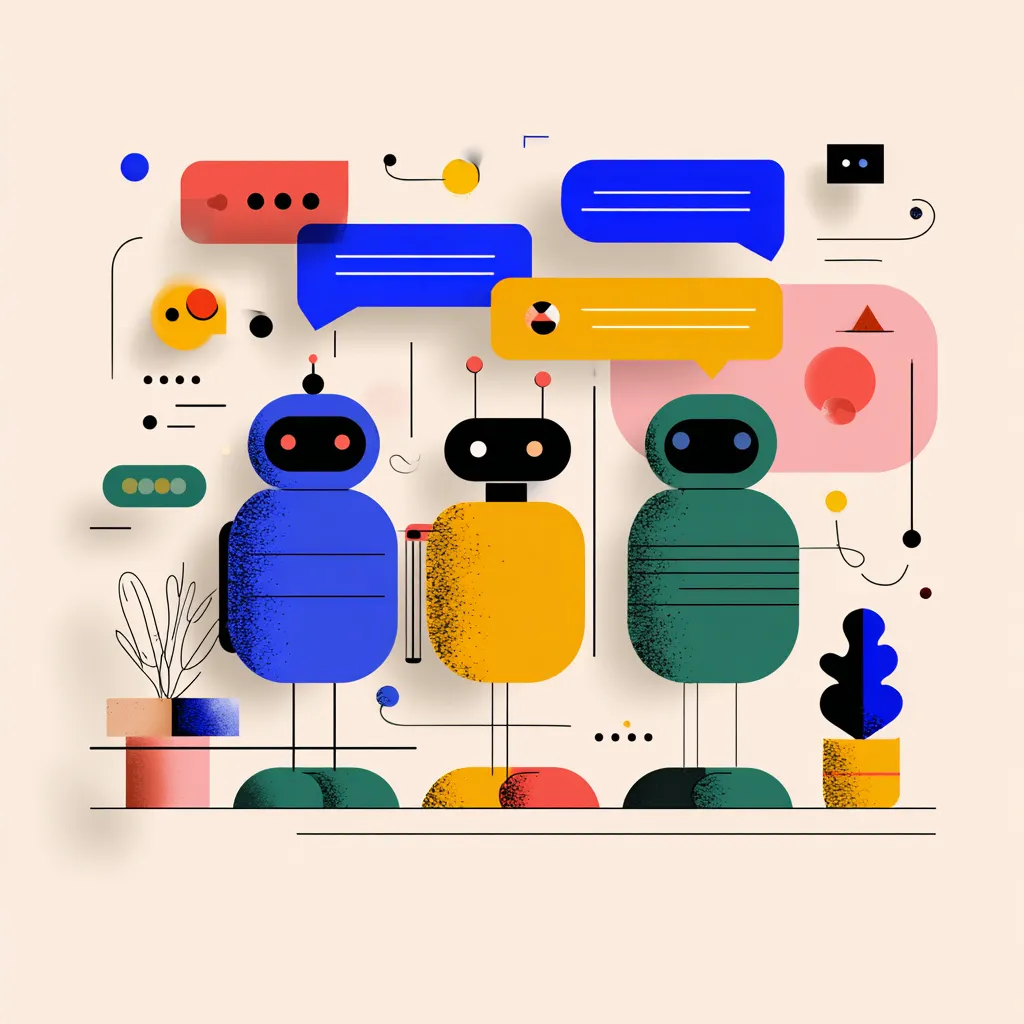
Balancing AI Assistant Autonomy with User Control
Nobody likes tools that act on their own without warning. On the flip side, assistants that constantly ask for confirmation become exhausting. The key is balance.
A smart approach is progressive autonomy: let the assistant handle simple, low-risk tasks automatically, but ask for approval on bigger ones. This builds user trust gradually — kind of like training a new employee, where independence grows over time.
Trust and Transparency as Core Factors of Successful AI UX
Trust is the foundation of any human-AI relationship. If people don’t trust the system, they won’t use it. That’s why transparency is essential. Users need to know why a recommendation was made, what data it relied on, and what its limits are.
For example, instead of showing a black-box suggestion, add a small “why” button that explains the reasoning in plain language. This not only improves usability but also strengthens Organizational Branding by proving a commitment to clarity and accountability.
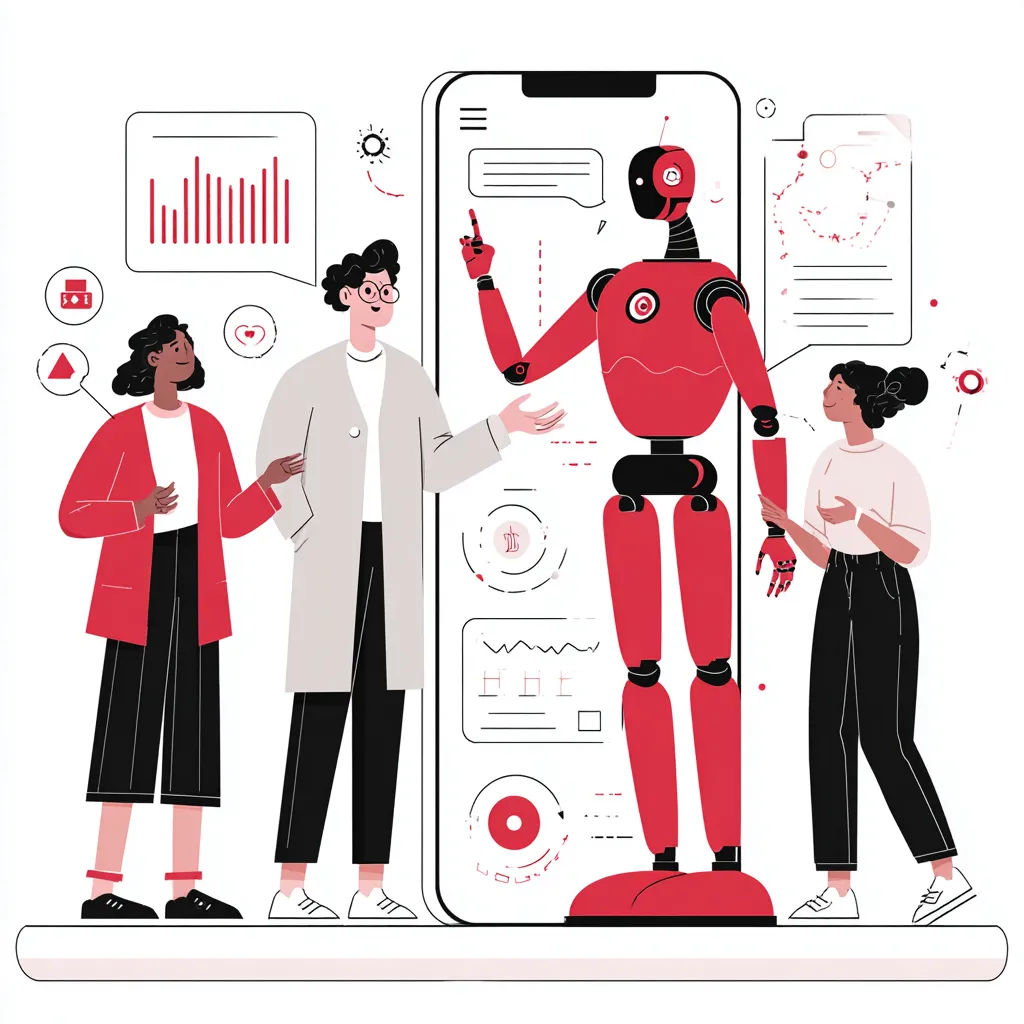
Examples of Successful AI Features in B2B Products
Plenty of companies are getting this right. Grammarly has turned generative text into a personal writing coach. Salesforce’s Einstein takes the pain out of repetitive CRM tasks. Notion’s AI helps users brainstorm and organize ideas without being intrusive.
What unites them is respect for user control. They don’t try to act flawless — they just add real, practical value. And that’s the secret: AI success isn’t about showing off the tech, it’s about solving real problems.
The Future of AI Patterns and New Opportunities in B2B Interfaces
AI patterns will keep evolving as users expect more intuitive, smarter tools. We’ll likely see assistants that understand entire workflows rather than just isolated tasks. Generative tools may become more interactive, even collaborative in real time.
But challenges remain: safeguarding privacy, preventing bias, and keeping interfaces simple enough for anyone to use. The companies that solve these problems will set the standard for the next wave of B2B tools.
